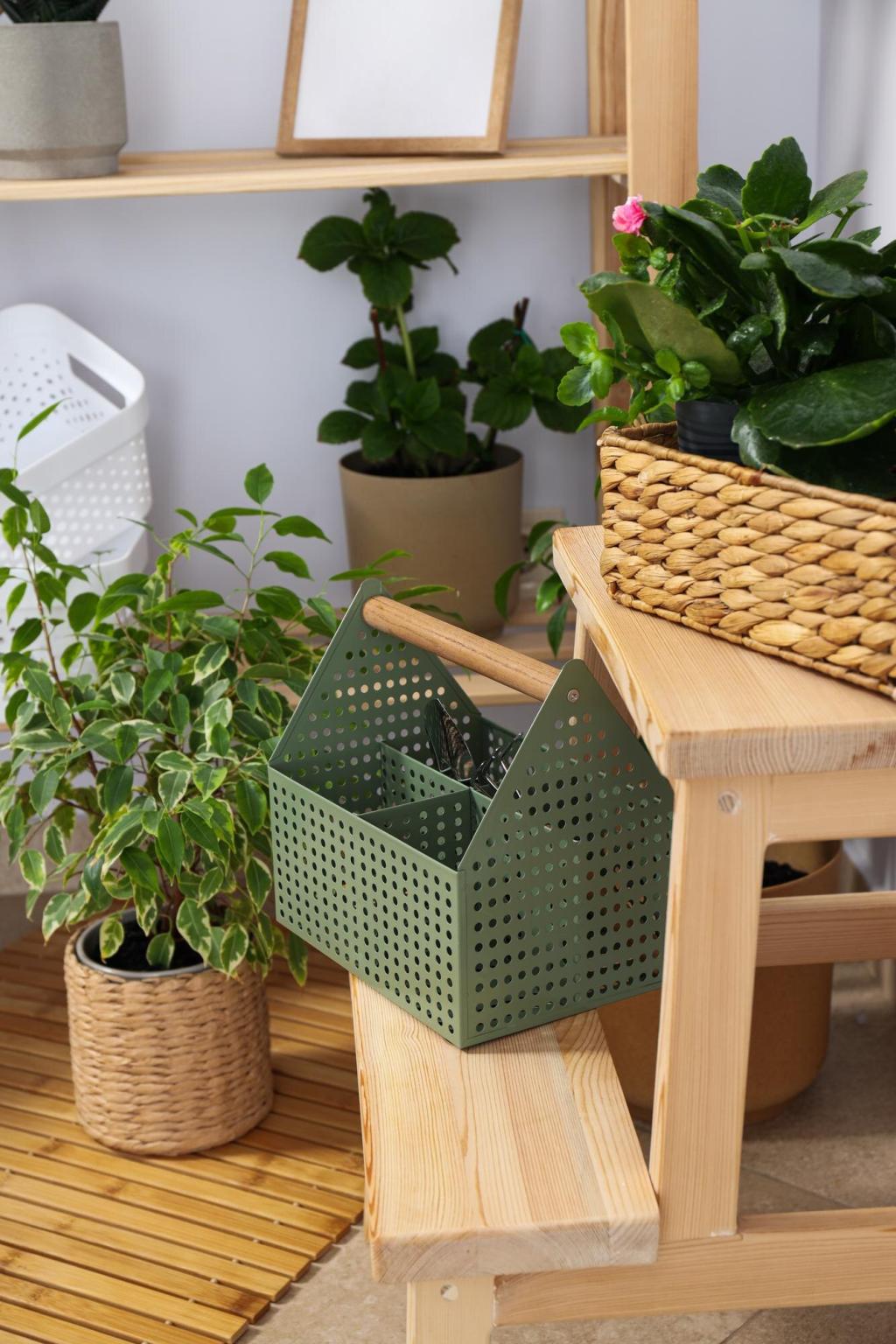
Recycled Materials in Contemporary Furniture Design
Recycled materials are redefining the landscape of contemporary furniture design. As environmental awareness has taken center stage, designers are challenging traditional practices by incorporating innovative, eco-friendly materials into their creations. This approach not only promotes sustainability but also opens up new aesthetic possibilities, allowing for unique textures, colors, and forms. By merging function and responsibility, contemporary furniture crafted from recycled sources represents a commitment to both style and planet.
The Evolution of Sustainable Furniture
Early Influences and Environmental Awareness
In the late twentieth century, growing environmental consciousness prompted a shift in the design world. Designers began to question the environmental impact of traditional furniture production, especially the depletion of natural resources like hardwoods and finite minerals. The rise of green movements worldwide inspired experimentation with alternative materials and more circular design philosophies. Early pioneers sought to reduce waste by upcycling discarded wood, metals, and plastics, setting a precedent that has only grown stronger as environmental crises have worsened.


Industry Adoption and Mainstream Appeal
What began as a niche practice has evolved rapidly. Major furniture brands and independent makers alike have introduced recycled materials into their collections, driven by both consumer demand and regulatory pressure. Recycled plastics, reclaimed wood, and repurposed metals have become standard offerings, marketed with pride. This mainstream acceptance signals not just a change in materials but a fundamental shift in industry values. Today’s consumer increasingly seeks out ethical options, encouraging manufacturers to prioritize environmental concerns alongside cost and convenience.
Innovative Uses of Recycled Materials
Reclaimed Wood as Functional Heritage
Reclaimed wood stands out as a beloved staple in sustainable furniture design. Salvaged from demolished buildings, old barns, or shipping pallets, it carries not only ecological value but also rich history and character. Designers take advantage of the unique patinas, grains, and imperfections inherent in reclaimed wood, infusing contemporary pieces with warmth and narrative depth. These furnishings are celebrated for both their aesthetic appeal and reduced demand on forests, giving ancient materials new life in modern homes.
Plastics Reimagined for Strength and Versatility
The proliferation of plastic waste has spurred designers to develop creative repurposing strategies. Modern recycling technologies enable the transformation of everything from water bottles to ocean debris into durable, stylish furniture elements. The resulting pieces boast impressive strength, weather resistance, and a palette of vivid colors or sleek translucency. By showcasing recycled plastics in high-end and everyday furniture, designers demonstrate the material’s untapped potential while raising awareness about waste reduction.
Unexpected Sources: Fabric, Glass, and Metal
Beyond the most common materials, innovative designers increasingly turn to unconventional sources. Old fabric scraps, discarded glass, and obsolete metal parts are reclaimed and reassembled into striking new furniture pieces. For example, glass shards from car windows or broken bottles can be fused into tabletops, while salvaged metal offers industrial charm paired with sturdy construction. By stretching the definition of ‘waste,’ these projects reveal a world of untold possibilities and encourage further experimentation with overlooked resources.

Embracing Imperfection and Authenticity
Incorporating recycled materials celebrates the beauty of imperfection. Surface variations, color shifts, and visible repairs become intentional features, giving each piece a sense of individuality and authenticity. This Wabi-Sabi approach, rooted in the acceptance of transience and imperfection, has gained favor in modern interiors. Consumers are drawn to furnishings that bear the marks of their history, transforming perceived flaws into powerful visual and emotional assets.

Bold Colors and Textures from Recycled Sources
Recycled materials frequently contribute bold hues and rich textures that are difficult to replicate with virgin resources. Colorful plastics, weathered woods, and textured glass add vibrancy and tactile interest to furniture pieces. Designers often play with these qualities by highlighting rather than concealing them, enhancing the visual impact and communicating the materials’ origins. This honest aesthetic directly reflects the recycling process, reinforcing the authenticity and transparency of sustainable design.
